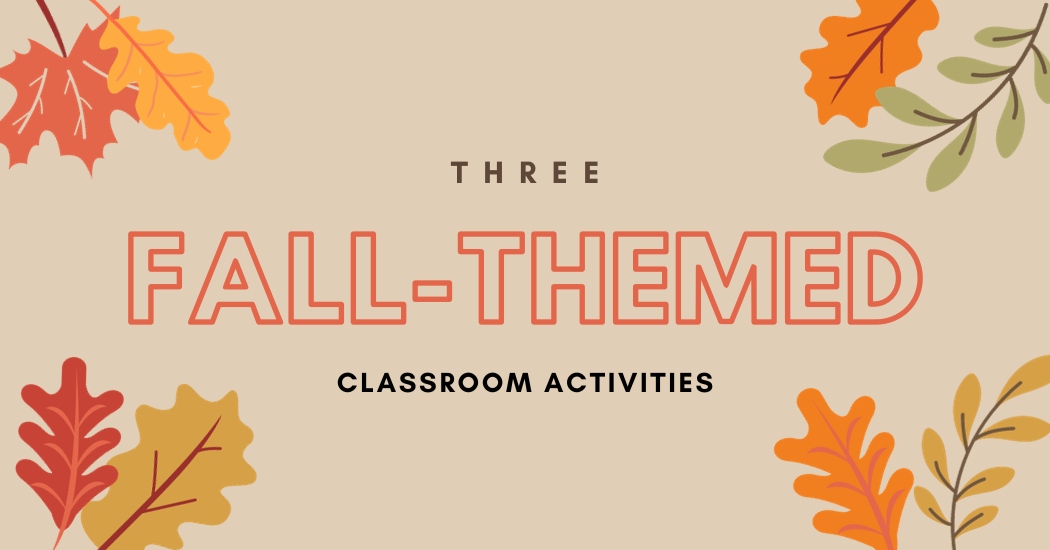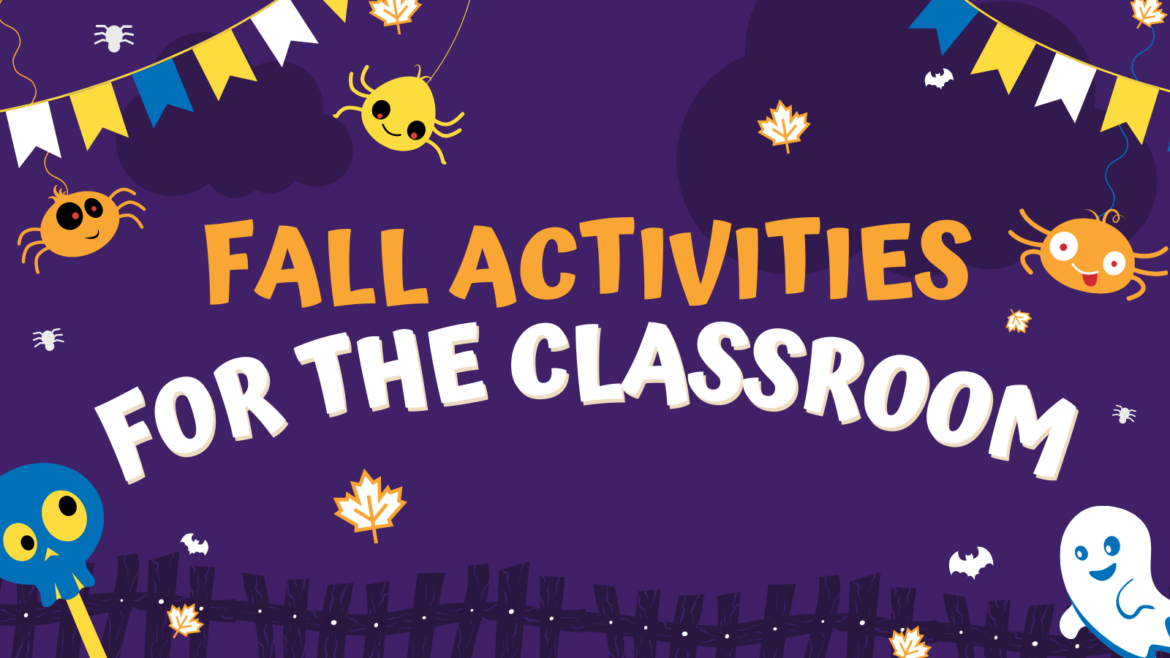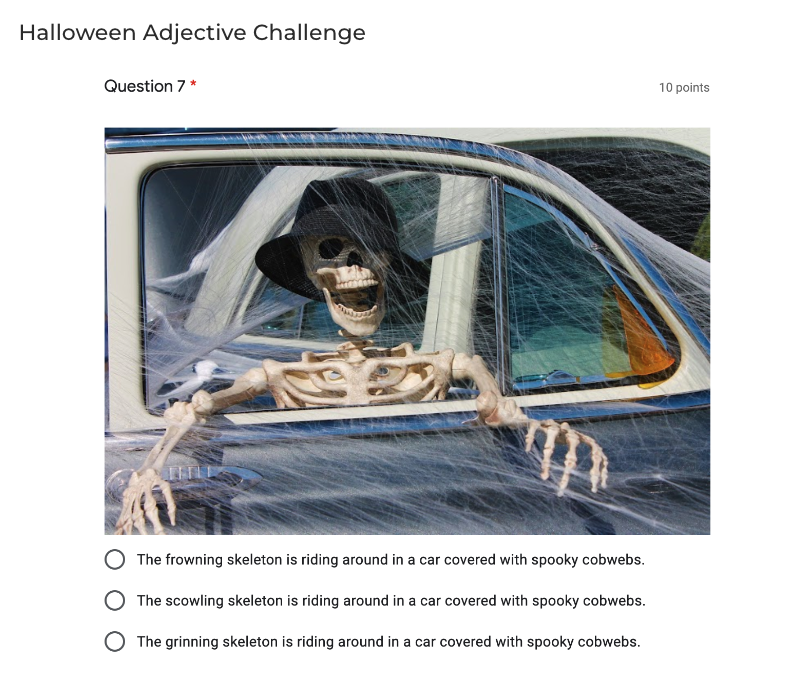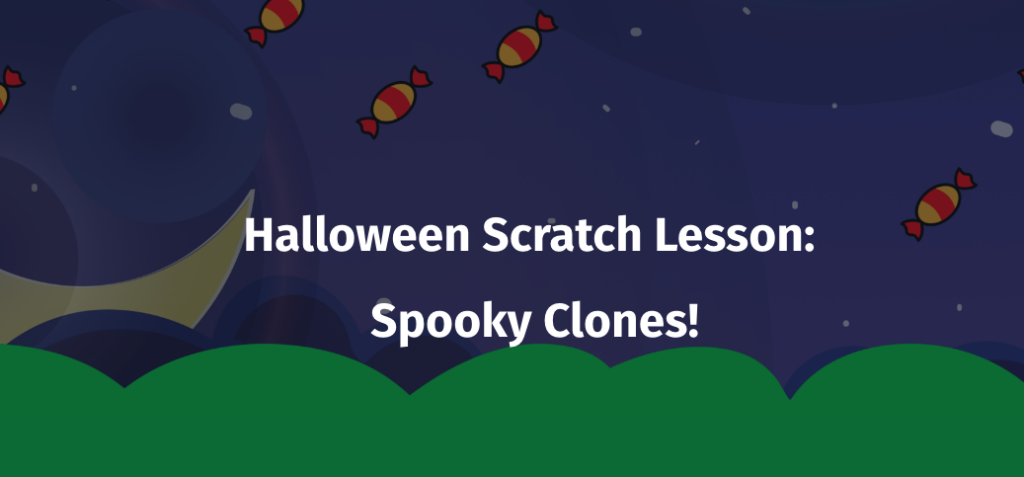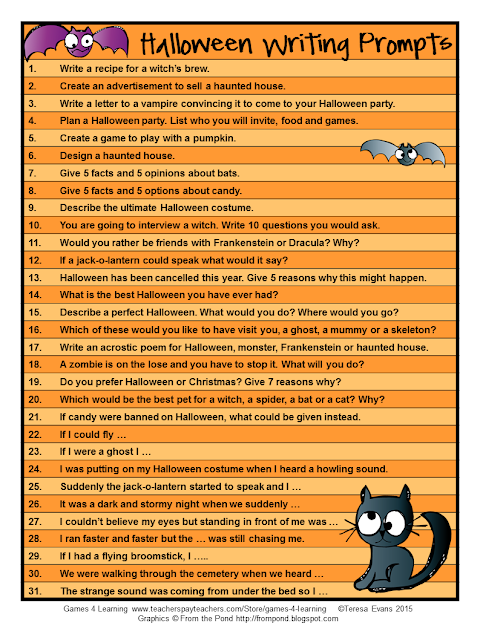Looking for fall-themed activities to use in your classroom? Here are three different ready-to-use options you can use as brain breaks, bellringers, or warm-ups with your students during the fall season. Use these as they are, or feel free to modify them as needed! If you ever wondered what the difference is between a brain break, bellringer, and a warm-up, here are the definitions according to ChatGPT:
A “brain break” is a short pause or activity during a lesson or work session that allows individuals to briefly rest and recharge their minds. It’s intended to improve focus, engagement, and productivity.
A “bellringer” is a short activity or task assigned at the beginning of a class or session to engage students and help them transition into the learning environment.
A “warm-up” in school is a short activity or exercise at the beginning of a lesson or class session designed to prepare students for the upcoming learning tasks.
The beauty of these fall-themed activities lies in their flexibility. You can adapt them to suit your students’ needs and your teaching style. Or, if you discover new variations or have creative ideas, you can edit them. Don’t hesitate to add any ideas you have in the comments; they might be useful to others!
Activity 1: Vanishing Vowels (Fall Edition)
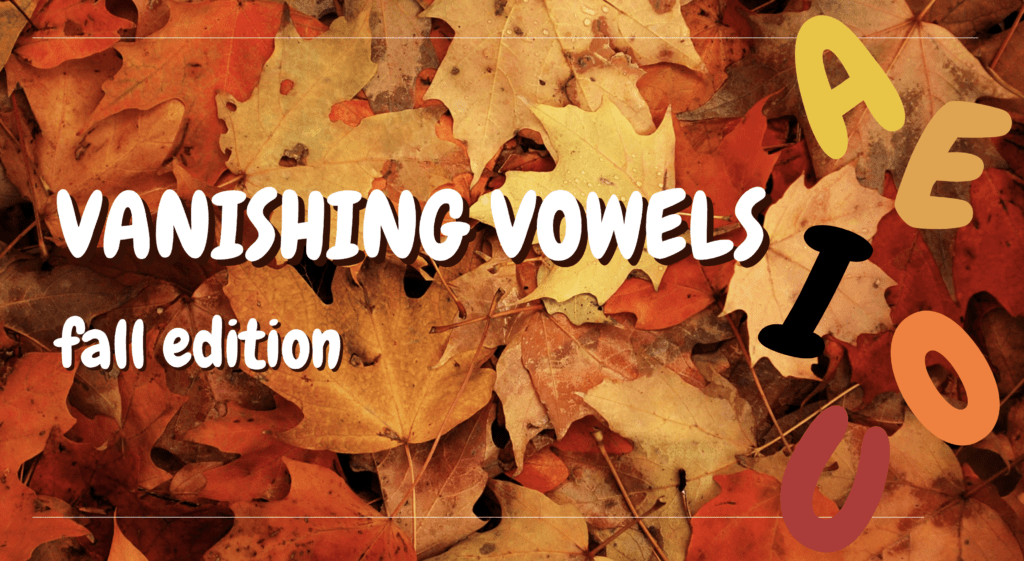
Vanishing Vowels is an engaging fall-themed activity that focuses on words related to the season. In this activity, the vowels are removed from the fall-related words, leaving only the consonants.
Two ways to use this fall-themed activity:
- Use it as an individual or group exercise where students work together to decipher the words based on their consonants. This encourages teamwork, builds class community, and also incorporates word recognition into the mix.
- Use it as a creative spelling activity where students add the appropriate vowels back in to spell the fall words. This activity not only enhances students’ word recognition skills but also offers an opportunity to reinforce spelling proficiency in a fun and interactive manner.
And, as always, if you have a different spin on Vanishing Vowels, please post a comment. I also have a classroom supplies version of Vanishing Vowels.
Activity 2: This, Not That (Edition 3)
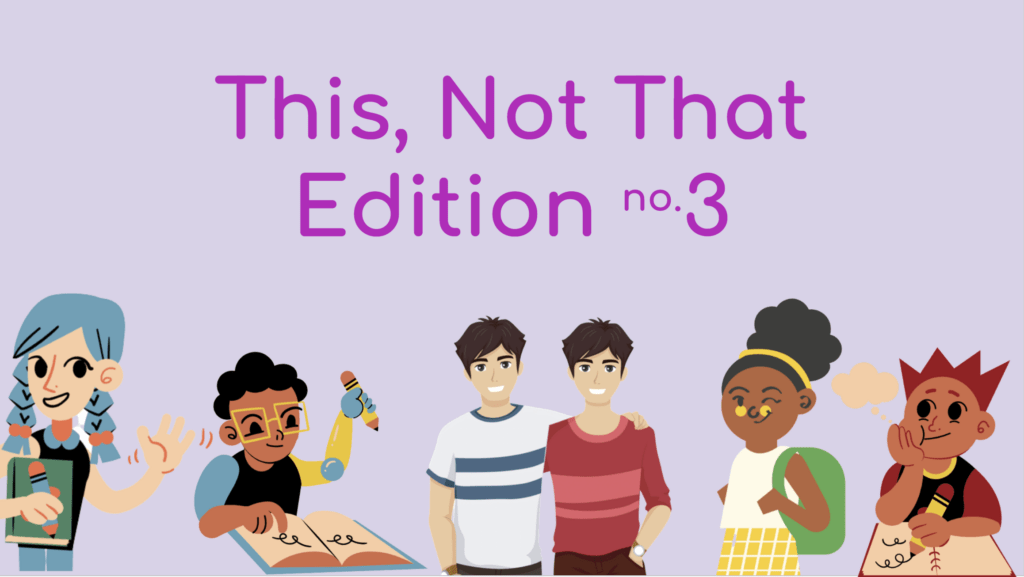
Think of the This, Not That activity as a mind-challenge puzzle. Each puzzle gives you five statements, and the goal is to figure out a commonality from the five statements. The words after the “but not” part of the statements sometimes help with the solutions. But sometimes, they are just distractions to the thought process. My This, Not That puzzles usually follow two lines of solutions: shared features or attributes of the items in the statements or shared features or attributes of the words in the statements.
Here is an example of a solution about shared features of the items. Let’s take Emily.
- She likes minutes, not hours.
- She likes the Seven Dwarves, but not Snow White.
- She likes poems, not novels
- She likes power naps, not dusk-to-dawn sleep.
- She likes skirts, not jeans.
If your reasoning led you to believe she likes things that are short, you nailed this bellringer!
Here is a solution involving commonalities among the words themselves. For example, let’s take Miguel.
- He likes juggling at the circus, not the plate spinning.
- He likes eggplant, not zucchini.
- He doesn’t mind driving in foggy conditions, but not snowstorms.
- He likes Reggae music, not Country-Western.
- He likes blogging, not writing newsletters.
If your analysis led you to conclude that Miguel likes words containing a double “g,” you hit the bullseye!
Sometimes, the This, Not That puzzles can be a little tricky. So teachers, if you do not have time to figure out the answers, email me at preimers@tcea.org, and I’ll send them to you. Also, feel free to try out Edition 1 and Edition 2 of this activity!
Activity 3: Halloween Syllacrostic Puzzle
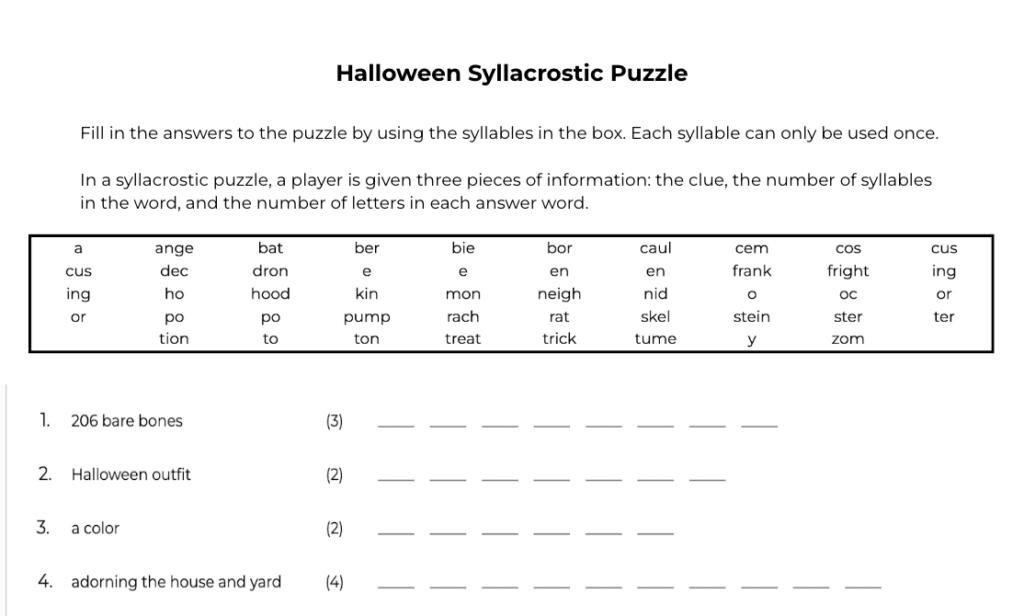
I’m excited to share a Halloween-themed syllacrostic puzzle. This is the third syllacrostic I’ve made since I first tried my hand at this puzzle with a Thanksgiving-themed syllacrostic last fall. The response was favorable, so here we go with another fall syllacrostic – a Halloween one!
Just in case you are unfamiliar with this type of puzzle, here are the basics. A syllacrostic puzzle has 15 to 20 words to solve. You use the given pool of syllables to help you find the answers. The activity also has the following information as clues for each word:
- A related word or phrase
- The number of syllables in the word
- The number of letters for each word
How will you incorporate these fall activities?
I sure hope you can use these fall-themed activities in your classroom! Whether it’s deciphering Vanishing Vowels, unraveling the mysteries of This, Not That, or embracing the spooky challenge of the Halloween Syllacrostic, these activities are designed to add to your educational toolbox. And remember, if you need answers (teachers only), please send me an email at preimers@tcea.org. I look forward to hearing how you are using them with your students. Happy Fall!
Other Fall-Themed Activity Posts
Fall Is Here
Fall Activities for the Classroom
Fall Into Elementary Resources
Fall Websites
Seven Spooktacular Activities for Elementary Classroom
Spooky Games and Breakouts
Autumn-Themed Choice Boards
Trick or Treat Digital Breakout

